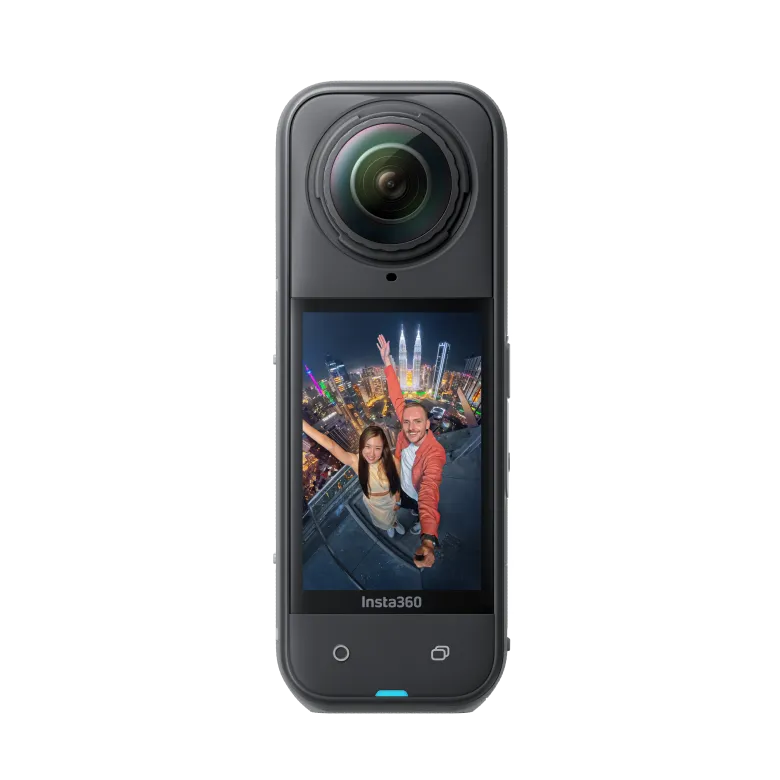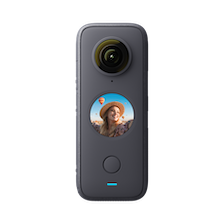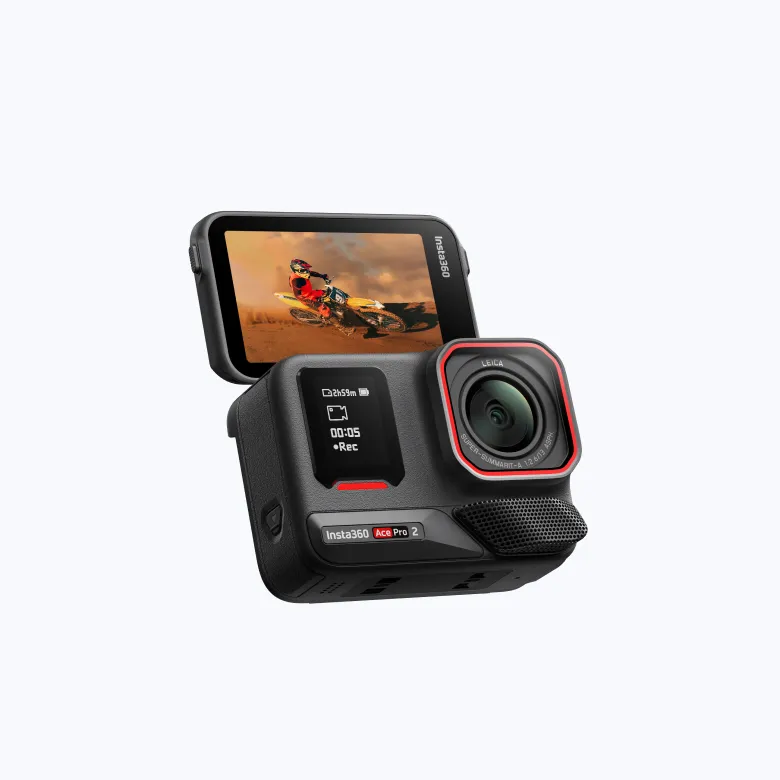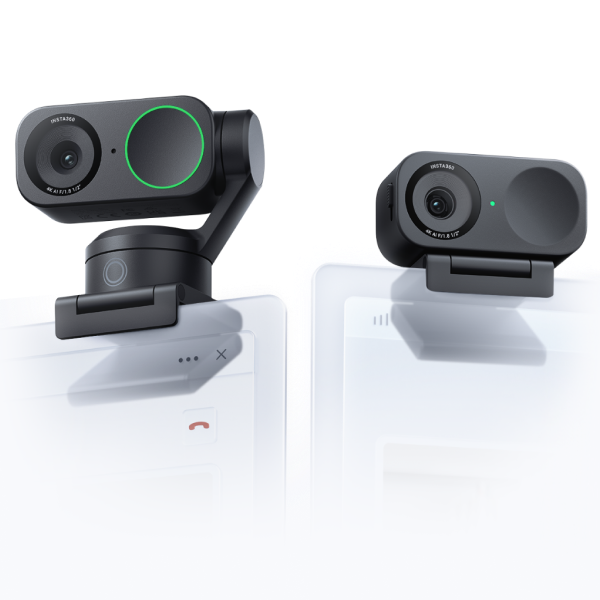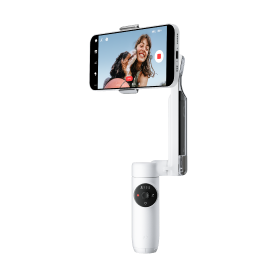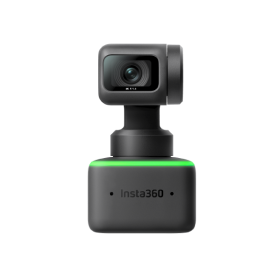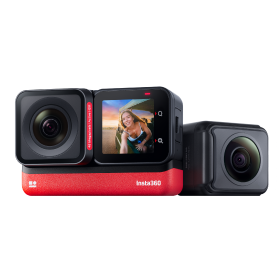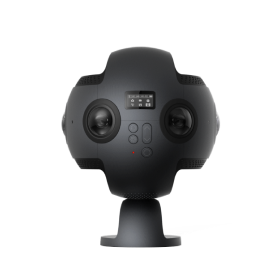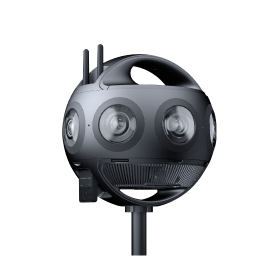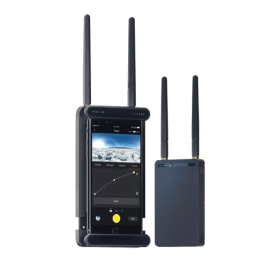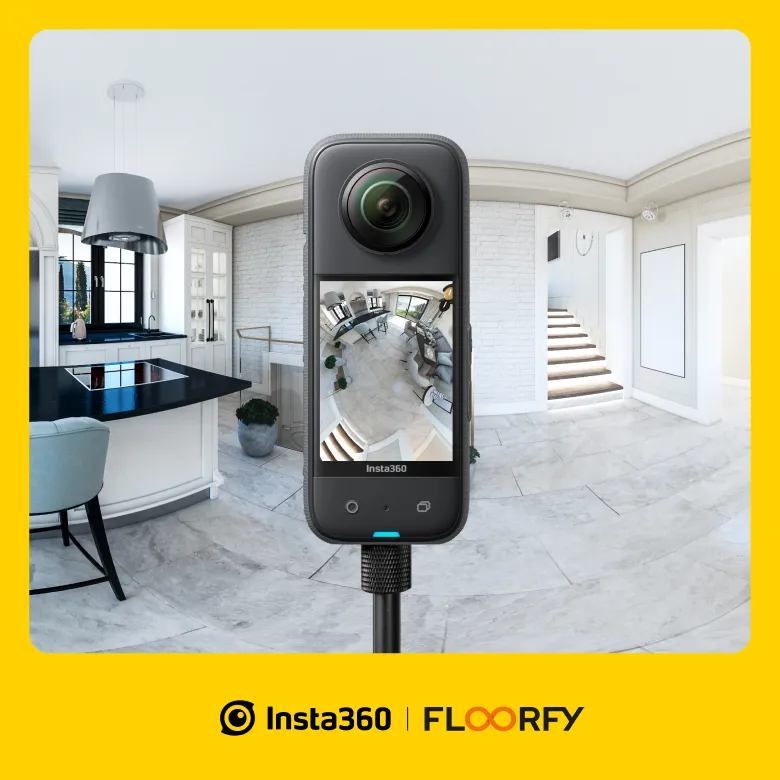Tripods vs Gimbals: Which One Should You Choose?
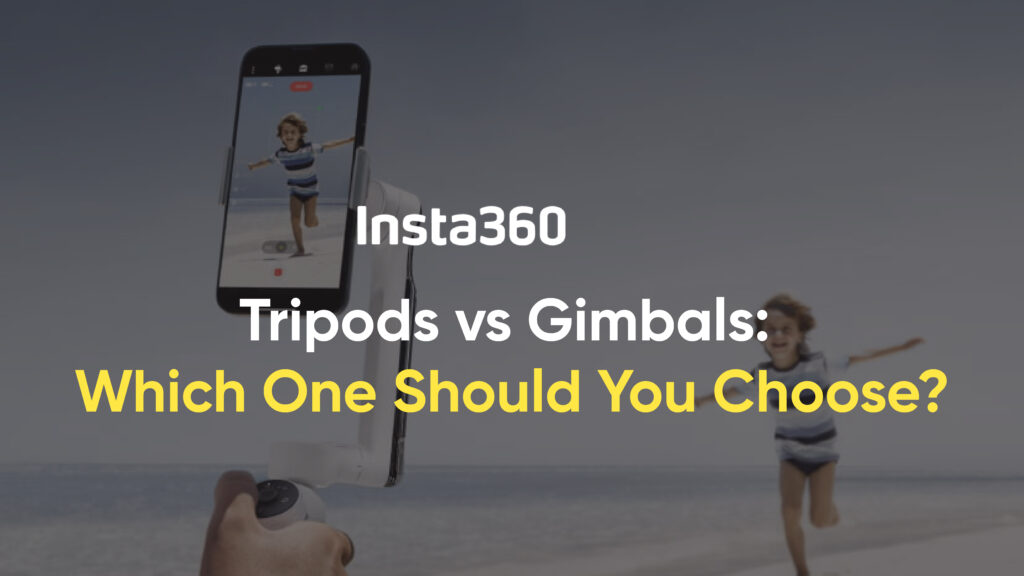
Whether you’re a beginner in photography or videography, you may debate between two essential tools: Tripods vs Gimbals. Both devices are crucial for stabilizing your shots. However, each has its unique purpose and advantages. In this blog post, we will break down the differences, applications, and pros and cons of Tripods vs Gimbals. This will help you make an informed decision based on your needs. Let’s dive in and explore which one is right for you.
When to Use What Type of Tripod?
Let’s start by understanding when you should use a tripod stand versus a gimbal. Knowing this will help you make the right choice for your filming needs. Tripods vs Gimbals is an important comparison for photographers and videographers. Tripods work best when you need stability for still shots or long exposures. These are perfect for filming from a fixed position. On the other hand, gimbals are ideal for dynamic shooting. They are great for handheld stability, especially when capturing moving shots. Now, let’s explore what exactly a tripod is and how it can be used.
What is a Tripod?
A tripod is a three-legged device used to support a camera or mobile phone. It prevents camera shake, allowing you to capture sharper images or steady videos. Tripods vs Gimbals highlight the importance of selecting the right stabilizer for your project. Tripods come in many shapes, sizes, and weight capacities. Each one is suited for different types of shoots, ranging from still photography to video recording. Let’s take a closer look at the pros and cons of using a tripod.
Pros and Cons of a Tripod
Are you curious about the advantages and limitations of a tripod stand? Let’s dive into the pros and cons to help you decide if it’s the right choice for your needs:
Pros:
- Stability: A tripod stand provides a steady platform for your camera, preventing unwanted shakes.
- Long Exposure: You can use a tripod for long-exposure shots. These are perfect for night photography or light trails.
- Versatility: A tripod is versatile. It works well with a range of cameras, from DSLRs to 360 cameras such as Insta360 cameras.
- Affordability: Tripods are generally more affordable than gimbals. This makes them accessible for beginners.
Cons:
- Limited Mobility: A tripod works well for stationary shots. However, it is not suitable for moving shots or dynamic filming.
- Bulky: Some tripod stands are heavy and cumbersome. Carrying them around, especially outdoors, can be difficult.
Now that we understand tripods, let’s explore gimbals and how they compare in terms of functionality.
What is a Gimbal?
A gimbal is a stabilization device. It uses motorized arms and electronic sensors to keep your camera steady. Even when you move, it prevents shaking. Unlike a tripod, a gimbal allows for stabilization while you’re moving. This makes it perfect for handheld shooting. Tripods vs Gimbals becomes a key topic when deciding the better device for movement and action.
Applications of Gimbals
Now that we’ve explored what a gimbal is, let’s examine its key applications:
- Action Shots: Gimbal-stabilized footage during dynamic movement. For example, it works well for sports or chase scenes.
- Vlogging: Additionally, it is perfect for stabilizing footage while moving. This is especially important for content creators.
- 360 Cameras: A gimbal is crucial for stabilizing footage when using 360 cameras. As a result, it ensures smooth, fluid shots even while in motion.
- Handheld Shooting: In contrast, a gimbal is excellent for handheld filming. It provides stability when a tripod would be impractical or cumbersome.
- Travel Filming: Furthermore, a gimbal is ideal for travel filming. Its lightweight and portable design make it convenient for filmmakers or vloggers on the go.
Pros and Cons of a Gimbal
Are you wondering about the benefits and drawbacks of a gimbal? Let’s explore the pros and cons to help you understand how it can enhance your filming experience.
Pros:
- Smooth Movement: The key advantage of a gimbal is its ability to capture smooth, stable footage. It works well during movement.
- Versatility in Motion: A gimbal is perfect for handheld shooting. It’s ideal for action shots, vlogging, or filming with 360 cameras.
- Portable: Mobile gimbals are lightweight and compact. They are easy to carry for on-the-go shooting.
Cons:
- Battery Life: Most gimbals require regular charging. Their battery life can be limited depending on usage.
- Learning Curve: Using a gimbal camera may take time to master. Beginners may find it challenging at first.
Tripods vs Gimbals comes into play when considering these pros and cons.
What is the Difference Between a Gimbal and a Tripod?
Let’s break down the key differences between a gimbal and a tripod. Both devices stabilize your camera, but they serve different purposes. A tripod stand is used for stationary shots. It’s ideal for capturing still photography or videos in a fixed position. In contrast, a gimbal stabilizes your camera while you move. It’s perfect for handheld shooting or filming action sequences. If you’re shooting still photos or long exposures, a tripod is the better option. However, if you need smooth footage while moving, a gimbal is the right choice. Tripods vs Gimbals defines this crucial difference perfectly.
Which One Should You Choose? (Based on Your Needs)
Let’s take a closer look at which device is best for your filming needs. The decision between Tripods vs Gimbals depends on your purpose:
- For static shots such as landscape photography, long exposures, or studio setups, a tripod is ideal. It is affordable and ensures stable, sharp images.
- For dynamic shots like vlogging, action sequences, or moving footage, a gimbal is your best option. It provides smooth, stable footage even during movement.
If you’re using 360 cameras, both devices can be useful. However, for stable shots while on the move, a gimbal camera is perfect. Ultimately, the right choice depends on the type of footage you plan to capture.
Furthermore, you can find a good tripod price in Pakistan that fits your budget. Likewise, the gimbal price in Pakistan varies based on features and model. Understanding Tripods vs Gimbals can guide you to the best purchase.
Best Gimbal Price In Pakistan
The best gimbals in Pakistan start from PKR 46,000. But prices change based on the brand and features. For example, well-known options include the Insta360 Flow Pro. Also, the Insta360 Flow Standalone is another good choice. Both models give good stability for smartphones and cameras. For those exploring Tripods vs Gimbals, budget is an important factor.
Cheapest Gimbal Price In Pakistan
The lowest gimbal price in Pakistan begins from around ₨ 43,000. Still, it has simple features, like light design and easy controls. Also, it is most useful for beginners. But you can also check the camera stabilizer price in Pakistan under 10000 Rupees.
Gimbal Price In Pakistan Under 10000
Some basic gimbals are available in Pakistan for under PKR 10,000. Their brand names are Zhiyun Smooth Q3 and Smooth 5 xs Mobile Gimbal. Also, these advanced smartphone gimbals are designed to enhance mobile videography.
Mobile Gimbal Price In Pakistan For Content Creation
The cost of mobile gimbals for content creation in Pakistan ranges from PKR 30,000 to PKR 60,000. Mobile gimbals are designed to support smartphones, providing smooth footage during movement. Tripods vs Gimbals is again crucial to understand when aiming for high-quality content.
DSLR Gimbal Price In Pakistan For Youtube & TikTok
The price of DSLR gimbals for content creation in our country ranges from ₨ 43,000 to PKR 60,000. Moreover, they support heavier cameras, offering professional-grade stabilization. Tripods vs Gimbals plays an important role when choosing stabilizers for professional platforms like YouTube and TikTok.
Camera Tripod Price In Pakistan
The photography tripods in Pakistan start from around PKR 10,000. However, prices change depending on the brand, size, and features. For example, top options include tripods from brands like Yunteng, Weifeng, and Ulanzi.
Best Tripod Price In Pakistan
The finest tripod price in Pakistan begins from around ₨ 9,000. While you search for the best tripod with a price as 9,747 Rupees, search for Mini 2-in-1 Tripod.
Camera Stand Price In Pakistan
The camera stand price in Pakistan starts from around PKR 2,000. Don’t wait—buy the All-Purpose Tripod from Insta360 Pakistan today.
Vlogging Tripod Price In Pakistan
The vlogging tripod price in Pakistan starts from around PKR 1,500. One great choice is the All-Purpose Tripod. Whether you’re vlogging or making content, Tripods vs Gimbals should be considered based on your filming style.
Where To Buy Tripods & Gimbals In Pakistan?
Now you understand the key differences between Tripods vs Gimbals. Also, each one enhances your photography or videography in unique ways. As a result, it’s the right time to invest in proper gear. Trusted brands like Insta360 Pakistan offer excellent options.
FAQs
What Does Tripod Mean?
A tripod is a three-legged support device used to stabilize cameras or other equipment. It prevents camera shake and helps capture steady images or videos.
Is A Tripod A Gimbal?
No, a tripod stand provides stability for stationary shots. On the other hand, a gimbal stabilizes the camera during movement.
Can You Use A Gimbal On A Tripod?
Yes, you can mount many gimbals on a tripod for additional stability.
Should I Get A Tripod Or Gimbal?
It depends on your needs. If you require stationary shots, a tripod is the best option. However, for smooth footage while moving, a gimbal is the better choice.
Best X3 Camera Products
The Insta360 X3 is a compact and versatile 360-degree camera that captures immersive photos and videos. With 5.7K resolution, FlowState stabilization, and AI editing tools,
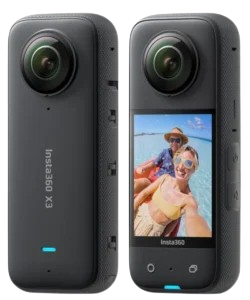
Best Ace & Ace Pro Camera Products
The Insta360 X3 is a compact and versatile 360-degree camera that captures immersive photos and videos. With 5.7K resolution, FlowState stabilization, and AI editing tools,


